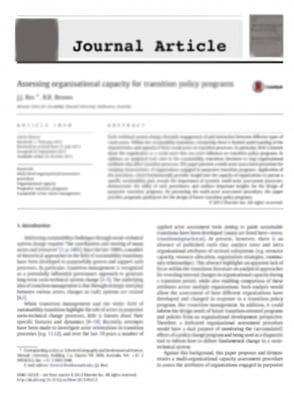Understanding management and modelling of urban hydrology and its consequences for receiving waters; a state of the art.
Abstract
Urban hydrology has evolved to improve the way urban runoff is managed for flood protection, public health and environmental protection. There have been significant recent advances in the measurement and prediction of urban rainfall, with technologies such as radar and microwave networks showing promise. The ability to predict urban hydrology has also evolved, to deliver models suited to the small temporal and spatial scales typical of urban and peri-urban applications. Urban stormwater management increasingly consider the needs of receiving environments as well as those of humans. There is a clear trend towards approaches that attempt to restore pre-development flow-regimes and water quality, with an increasing recognition that restoring a more natural water balance benefits not only the environment, but enhances the liveability of the urban landscape. Once regarded only as a nuisance, stormwater is now increasingly regarded as a resource. Despite the advances, many important challenges in urban hydrology remain. Further research into the spatio-temporal dynamics of urban rainfall is required to improve short-term rainfall prediction. The performance of stormwater technologies in restoring the water balance and in removing emerging priority pollutants remain poorly quantified. All of these challenges are overlaid by the uncertainty of climate change, which imposes a requirement to ensure that stormwater management systems are adaptable and resilient to changes. Urban hydrology will play a critical role in addressing these challenges.
